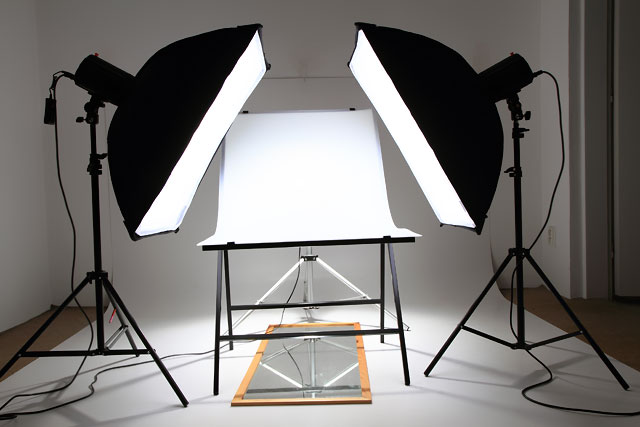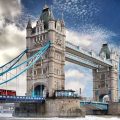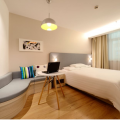A great set carefully of curated photographs can be the making of your website keeping your site visitors engaged and breaking up sections of text. The right images can tell your visitors exactly what to expect of your website before they’ve had chance to read a single word. That is of course, assuming they’re the right images.
On the flip side of this, ill thought out images and low quality self taken photographs could be enough to make your site visitors click out of your website in search of something less offensive to their eyes.
Here’s our guide to effective use of imagery on the web.
First of all a ground rule – Always Optimise Before Uploading.
Before we even get onto the sort of images that will set your website apart from the rest theres a ground rule for all images that you upload to your website. Images on the web need to be optimised. This means they need to be resized, put in the right format and set at the right quality for use on the web. This is important because it will help your images load quickly when a visitor lands on your website.
Even with a good broadband connection, a poorly optimised image could take a minute or more to load – not many people will have the patience to wait around for this to happen. A fairly standard camera of say 20 Mega Pixels, produces jpeg files with dimensions of around 5700 x 3550 pixels and a file size of 7Mb or more. Simply put, images should never be uploaded to the web straight from the camera.
Optimising images for the web can be done by simple photo editing software. The exact method depends on your chosen editing software, so we can’t give you any specifics here. In most cases there will be some form of ‘Save for the Web’option in the File or Export menu. You can always ask Google how you “optimise images for the web using [add your photo editing software name here]” – there’s sure to be a tutorial out there.
Use Stock Images
If you’re not a professional photographer or good amateur, you can pay for stock images that have been taken professionally. Popular amongst stock image sites are istockphoto, shutterstock and 123rf (subscriptions and single photo purchase rates vary). Many people find the cost of stock images surprisingly high, but in any case they are a lot cheaper than hiring a professional photographer for a custom photo shoot and they will add value to your website.
There are literally millions of stock images out there, so the choice can be a little overwhelming. We spoke to some friends from respected web design agencies for advice on choosing stock images.
Simon of Wayfresh web design in Newcastle told us “Don’t choose your images alone. Get some colleagues to search for stock images too. Each put forward a set of favourite images and then vote for the best to be the final choice.”
Liam of Identify Web Design in West Yorkshire told us “There are some very odd photo’s out there on stock image sites. Some I cannot even begin to guess what message they are intended to portray. Make sure the images you choose set the right tone and convey the right message”
To prove Liam’s point here are just two of the ‘odd’photos we found on a popular stock photo website without having to try hard. We can’t imagine what possible use they could be. Having said that, we did download them, so maybe there’s method in the madness.


Product Photographs
If your run an e-commerce website, good product photographs are essential. The photos you display are, after all, the main thing by which a customer will decide whether to buy or not. You need several photos from different angles and preferably some close up detailed shots as a minimum. Try and take the photo’s on a single colour background and use this for all product photos for consistency on your website.
If you resell another manufacturers goods you may be able to get professional quality product photographs from them to use on your site. Suppliers will usually let you use their photos without a charge – the more items you sell, the more you will order from them after all.
If you have a continuously changing product line up and need to take your own product photos, investing in a studio light, product photo table or photo tent and a camera tripod are minimum requirements. You don’t need a professional digital camera – a good quality point and shoot camera will be fine (if you can attach it to a tripod for steady shake free photos, so much the better). If your camera has a macro or close up mode (most do) you’ll be able to use it to get some great close up photos.
We hope our guide to web imagery will help you avoid some of the image faux pas that are sadly, all too common out there.


























